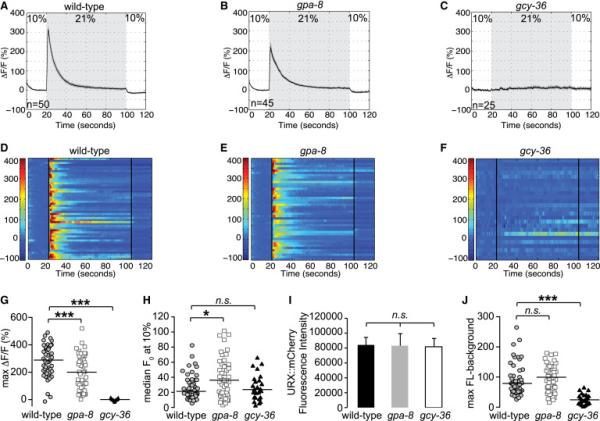Figure 4. GPA-8 controls the resting-state Ca2+ levels in URX neurons.

(A-F) Measurements of neuronal activity by Ca2+ imaging of URX neurons for each genotype. The number of animals used for each condition is shown in the figure. We conducted Ca2+ imaging experiments in URX neurons in living wild-type, gpa-8, and gcy-36 mutant animals bearing GCaMP5k under the control of the flp-8 promoter. Oxygen concentrations in the microfluidic chamber were 10% and 21% as indicated. (A-C) For each genotype, black traces show the average percent change of GCaMP5k fluorescence (ΔF/F0) and gray shading indicates SEM. (D-F) Individual URX responses are shown for each genotype; each row represents one animal.
(G) Maximum ΔF/F0 values are shown for individual animals in wild-type, gpa-8, and gcy-36 mutants. Bars indicate the average value within each genotype. ***, p<0.001 by one-way ANOVA.
(H) Individual baseline fluorescence (F0) values at 10% oxygen are shown for individual animals in wild-type, gpa-8, and gcy-36 mutants. Bars indicate the median value within each genotype. *, p<0.05 and n.s., not significant by Kruskal-Wallis test.
(I) We imaged mCherry fluorescence in wild-type, gpa-8, and gcy-36 animals expressing both GCaMP5k and mCherry under the control of the flp-8 promoter. Images were taken in animals exposed to 10% oxygen. For each genotype, the fluorescence intensity was imaged at the same exposure, determined to be within the linear range. Fluorescence intensity was quantified and expressed as an average ± SEM (n=21-27). n.s., not significant by one-way ANOVA.
(J) The background-subtracted maximum fluorescence (max FL) at 21% oxygen is shown for each animal in the wild-type, gpa-8, and gcy-36 backgrounds. Bars indicate the average value within each genotype. ***, p<0.001 and n.s., not significant by one-way ANOVA. See also Figure S4.
